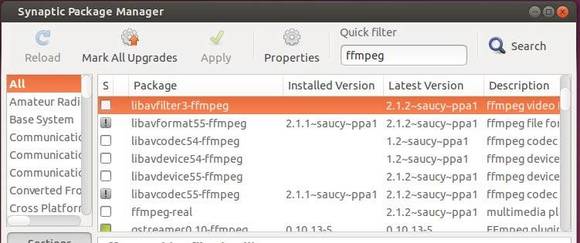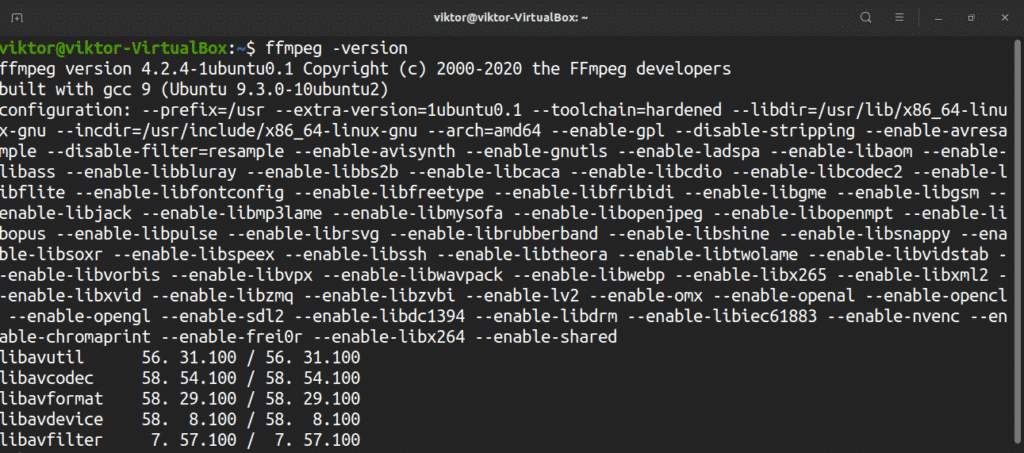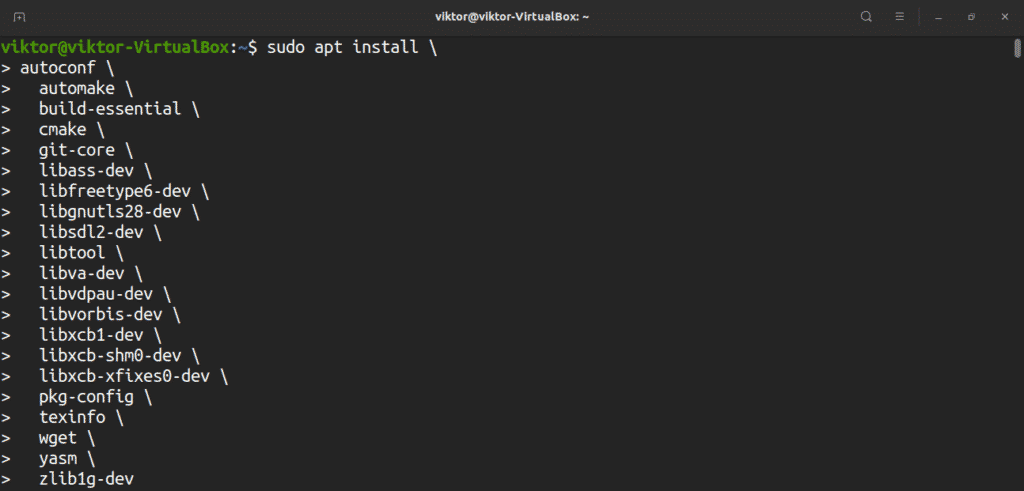

sudo tar xvf ffmpeg.xz cd ffmpeg-static ls. Step 3 Extract the static build from the archive. This is how one installs FFmpeg on Ubuntu. Verify that md5sum returns an OK message before proceeding with the installation. The FFmpeg 5 requires packages from the existing 4 FFmpeg PPA, import this first.

#UPGRADE FFMPEG UBUNTU INSTALL#
sudo apt updateĪfter installing, use the command to verify FFmpeg version. The best method for installing FFmpeg is to install the FFmpeg 5 PPA by Rob Savoury, whose PPA repositories are well known for supporting multiple software spread across various versions of Ubuntu.
#UPGRADE FFMPEG UBUNTU UPDATE#
They update automatically and roll back gracefully.įirst, run the commands below to install snap package manager and then install FFmpeg. Snaps are applications packaged with all their dependencies to run on all popular Linux distributions from a single build. The easiest way is to install FFmpeg latest on Ubuntu is by using the snappy packaging system. That’s you install via a third party PPA. It should output similar lines as shown below: Output:įfmpeg version 4.2.2-0york0~18.04 Copyright (c) 2000-2019 the FFmpeg developersīuilt with gcc 7 (Ubuntu 7.4.0-1ubuntu1~18.04.1)Ĭonfiguration: -prefix=/usr -extra-version='0york0~18.04' -toolchain=hardened To verify if FFmpeg is installed, run the commands below: Sudo add-apt-repository -yes ppa:jonathonf/ffmpeg-4

To do that, simply run the commands below: sudo apt install software-properties-common


 0 kommentar(er)
0 kommentar(er)
